Helicopter, airplane
The procedures for filming from a helicopter or aircraft being relatively complex, it is the specialized service provider selected who will request the overflight authorizations, after identification and development of the flight plan.
Some overflight requests are difficult to obtain (overflight of cities, low altitude flight). It takes between 3 weeks and 2 months to obtain the authorizations. Flying over Paris is, in principle, forbidden.
All the regulations to be respected for flights and aerial photography are available in the guide for low-level overflight authorizations (in French).
Companies specialized in aerial photography
(non exhaustive list)
Drones
The outdoor use of a drone, in a professional or leisure activity, even of small size, is considered as an aerial activity and therefore falls under the regulations applicable to the French or European Civil Aviation.
As of December 31, 2020, the French national regulations are largely replaced by the European regulations, which thus offer harmonization across all EU Member States.
Whereas the national regulations distinguished between leisure and professional activities, the European regulations no longer make this distinction and base their requirements solely on the risk levels of the operations.
The European regulation is based on the risk related to UAS (Unmanned Aircraft System), without distinction of professional or leisure use, through three main categories:
- The “Open” category, which includes low risk operations;
- The “Specific” category, which includes moderate risk operations;
- The “Certified” category, which includes high-risk operations (currently being drafted by the European Aviation Safety Agency (EASA) and the Direction Générale de l’Aviation Civile (DGAC)).
Operation of drones in open category
General
The open category groups low risk operations, and concerns both leisure and professional uses.
It allows to fly unmanned aircraft with a take-off weight lower than 25kg. The aircraft must be in sight of the remote pilot, at a maximum height of 120 m (this height can be reduced in some areas), and never fly over a gathering of people.
Nb: The open category includes subcategories A1, A2 and A3 which may in some cases allow to fly over people, but never over gatherings of people.
Before starting a flight
Prior to any activity, an operator must register on the AlphaTango portal. Once this pre-requisite is achieved, the actual operation in open category requires neither declaration nor prior authorization. It can be carried out without particular notice but must of course be in conformity with the European regulations and national decrees.
Before undertaking a flight in open category, it is advisable to check if the airspace in which the operator will operate is authorized.
As a reminder:
- Night flying is forbidden;
- Flying in public areas in built-up areas is prohibited;
- The maximum flight height cannot exceed 120 m.
- Exemptions to the maximum flight height and the ban on night flights may be granted by the local Prefect, at least 30 days before the date of the flights.
Operation of drones in a specific category
General
The specific category covers operations with moderate risks (flight in sight or out of sight in conditions different from the Open category). It concerns rather professional uses but not exclusively. It depends on the level of risk of the operation.
In general, any operation that does not meet the requirements of the open category falls into the specific category, subject to prior declaration or authorization by the DSAC depending on the operating conditions.
Before starting a flight
If he/she wishes to operate an aircraft according to the national or European standard scenarios, the operator must :
• Register as a European UAS operator via the AlphaTango portal
• Declare himself according to the scenarios used, via AlphaTango.
The declaration according to the standard scenarios is a device allowing a UAS operator to carry out an operation without requiring a preliminary authorization of the competent authority (in France, the DSAC). For each standard scenario, the rules to be respected have been defined in detail; to use a UAS in one of these scenarios, it is “sufficient” to respect the rules applicable to this scenario. This system existed in the national regulations before 2020 and has been maintained in the European regulations, in the Specific category.
In other cases, the operator must be authorized by the DSAC before starting operations.
Any derogation (night flight or maximum overflight height) to these scenarios must be requested from the competent Prefect, at least 30 days before the date of the flights.
NB: The national regulation identifies three operational scenarios (S1, S2 and S3) recognized until December 2, 2025. It will no longer be possible to start a new operation according to a national standard scenario after December 2, 2023, due to the implementation of the European standard scenarios STS-01 and STS-02.
Areas prohibited from aerial photography
Certain sites are prohibited from aerial photography. They are listed in the decree fixing the list of areas forbidden to aerial photography by photographic, cinematographic or any other sensor.
The operator must ensure, before each mission, that there is no interference between the site of operation and the prohibited areas or, failing that, that he has the necessary exemptions. These waivers must be requested from the delegated authority for the site designated by the ministry or ministries responsible for the area.
If the accomplishment of the mission also requires an authorization, the answer of the delegated authority must be included in the file transmitted to the State services in charge of the management of this authorization.
Filming with a drone in Paris
Companies specialized in drone photography
(non exhaustive list)

